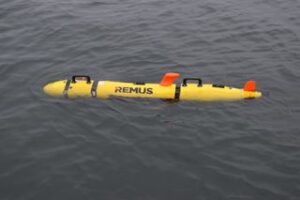
Top Huntington Ingalls Industries [HII] officials Thursday said the company is committed to unmanned systems going forward in addition to traditional manned ships. During a quarterly earnings call Feb. 11, HII president and CEO Michael Petters was asked what is a realistic percentage of the Navy that will become unmanned and autonomous later. Petters said he did not know how to answer that because it can be measured in number of platforms, capabilities, regions, and missions. “The way we think…

 By
By 











